Description
Tomatillo Pineapple Physalis Ixocarpa
Tomatillo Pineapple Physalis Ixocarpa. An unusual rarely seen yellow ground cherry with an excellent sweet, fruity flavor that really does remind you of a pineapple. Makes a unique and wonderful salsa. The short spreading vines deliver exceptionally large crops.
Cultivation Advice
- Tomatillos are warm-season crops. Plant seeds or seedlings after the last frost when the soil has warmed up, typically in late spring.
- Tomatillos thrive in full sunlight. Choose a location that receives at least 6-8 hours of direct sunlight each day
- Plant tomatillos in well-draining soil with a slightly acidic to neutral pH (around 6.0 to 7.0). Amending the soil with organic matter, such as compost, can improve fertility and water retention.
- Provide adequate spacing between tomatillo plants, usually about 2 to 3 feet apart. This ensures good air circulation and reduces the risk of diseases.
- Tomatillo plants can become quite sprawling. Consider providing support, such as stakes or cages, to help keep the plants upright and facilitate harvesting.
- Keep the soil consistently moist, especially during dry periods. Water at the base of the plants to prevent moisture on the foliage, which can contribute to fungal diseases
- Apply a layer of organic mulch around the base of tomatillo plants to help retain soil moisture, suppress weeds, and regulate soil temperature.
- Fertilize tomatillos with a balanced fertilizer, following the package instructions. Side-dress with compost during the growing season to provide additional nutrients.
- While tomatillos don’t require extensive pruning, you can remove some lower branches to improve air circulation and make harvesting easier.
- Tomatillos are typically ready for harvest when the husks begin to split and the fruit fills the husk. Harvest when the fruit is firm and green. If growing Pineapple Physalis Ixocarpa, the fruit should have a pineapple-like flavor.
- Consider planting tomatillos alongside other companion plants that can help deter pests or enhance growth. Marigolds, basil, and nasturtiums are examples of companion plants for tomatoes.
- Keep an eye out for common pests like aphids or caterpillars. Consider using organic pest control methods, such as neem oil or insecticidal soap, if necessary.
- Proper spacing, good air circulation, and avoiding overhead watering contribute to disease prevention. Monitor for signs of diseases like early blight or powdery mildew.
- If you’re growing tomatillos in the same location each year, practice crop rotation to reduce the risk of soil-borne diseases.
- Plant tomatillos in successive batches to extend the harvest period. This is especially helpful if you have a relatively short growing season.
- Keep track of planting dates, fertilization schedules, and any observations in a gardening journal. This information can guide your future gardening efforts.
- Tomatillos are typically self-fertile, but having multiple plants can enhance fruit set. Bees are the primary pollinators, so encourage a healthy bee population in your garden.
- If you notice an abundance of small tomatillos, consider thinning the fruit to redirect the plant’s energy into developing larger, more flavorful fruits. This is particularly important if you want larger tomatillos for culinary use.
- Tomatillos thrive in warm temperatures. If you’re experiencing cool nights, consider using row covers or other protective measures to shield the plants and extend the growing season
- Provide some overhead protection during heavy rainfall to prevent soil compaction and reduce the risk of disease. This is especially important when the tomatillos are fruiting
- Each tomatillo variety may have unique traits. For Pineapple Physalis Ixocarpa, pay attention to the pineapple-like flavor. Taste-testing throughout the ripening process can help you harvest at the peak of flavor.
- If you want to store tomatillos or use them in cooking, consider letting some fruits mature on the plant until the husks turn brown and dry. Dried tomatillos can be rehydrated and used in various ror balcony gardening. Choose a large container with good drainage, and provide support for the plants as they grow.
- Consider using a trellis or vertical gardening system for tomatillos. This not only saves space but also keeps the fruit off the ground, reducing the risk of rot.
- Explore various culinary uses for tomatillos, such as making salsa verde, sauces, or pickling them. Experiment with different recipes to fully enjoy the unique flavor of Pineapple Physalis Ixocarpa.
- Check if there are disease-resistant varieties of tomatillos available. While Pineapple Physalis Ixocarpa is resistant to some diseases, choosing resistant varieties can further safeguard your crop.
- advice from local gardening clubs, extension services, or experienced gardeners in your area. They may have insights into specific challenges and successful practices for growing tomatillos in your regioecipes.

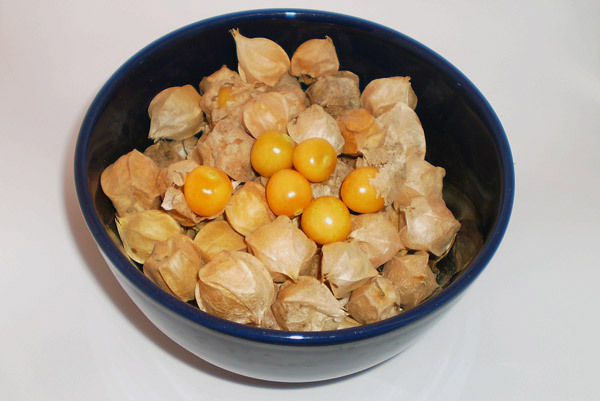
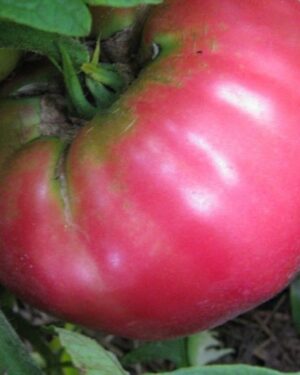

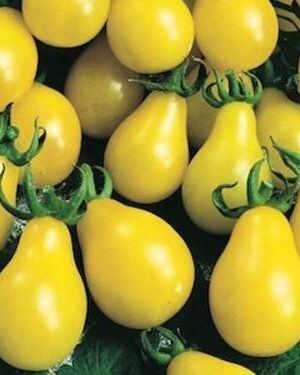

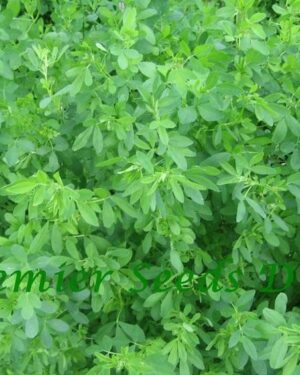
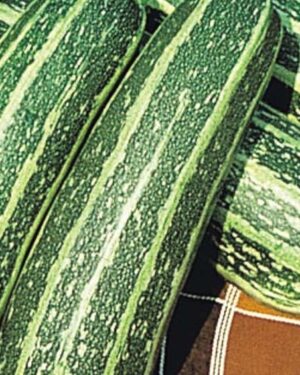

Reviews
There are no reviews yet.